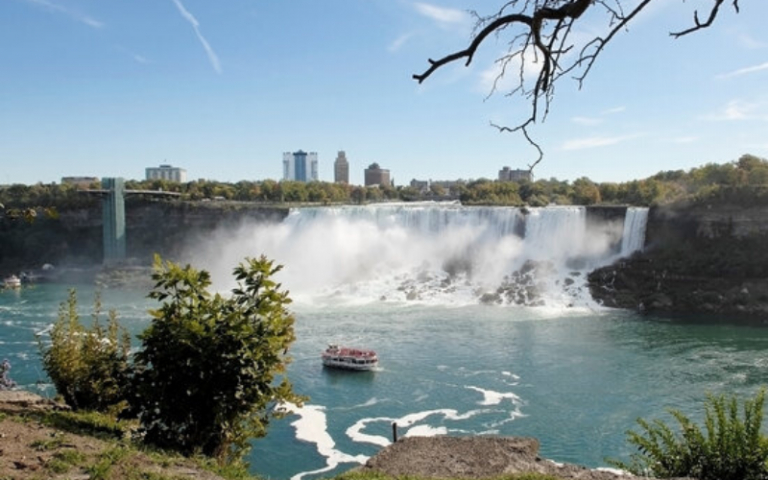The effects of global warming are now visible everywhere in the world, even in places far away from us. Take Africa, for example.

The effects of global warming are now visible everywhere in the world, even in places far away from us. Take Africa, for example.
Last month, the many tourists who visited the Victoria Falls, between Zambia and Zimbabwe, found an unexpected sight.
The famous waterfalls were in fact completely dry because of the drought.
Victoria Falls and the Problem of Drought in South Africa
South Africa has gone through a period of exceptional drought, the worst of the century. As a result, the volume of water in the Victoria Falls has dramatically reduced, reaching unprecedented negative levels.
This caused a great deal of concern, for two different reasons. On the one hand, the decrease in water has negative consequences for animals and vegetation. On the other hand, the waterfalls have been attracting millions of tourists for decades and, if they were to dry up permanently, the region would lose an important attraction.
In other words, there would be both environmental and economic consequences.
The reduction of water in the Victoria Falls normally occurs in the dry season. This year, however, it has been greater than usual and, above all, droughts are occurring more and more frequently.
A Harsh Reminder of the Impact of Climate Change
Zambia’s President Edgar Lungu described the phenomenon as a harsh reminder of what climate change is doing to our environment. In fact, this situation is probably due to climate change affecting the monsoons and making the dry season longer and more unbearable. In addition, rising temperatures are causing the Zambeze River to heat up. As a result, 437 million cubic metres of water evaporates every second.
South Africa is suffering greatly from global warming, as temperatures are rising faster than in other areas. In this regard, the temperature is expected to rise to 4°C by the end of this century.
“We have recorded a warming rate of 2°C per century, more than twice the global rate of temperature increase in the western and north-eastern areas,” the South African Department of Environmental Affairs recently said.
South Africa is among the areas most affected by extreme weather events between 1999 and 2019. Heat waves are increasingly frequent and lead to longer periods of drought followed by particularly heavy rainfall. The consequences of these extreme weather phenomena are now visible for all to see. We can no longer turn a blind eye to the consequences: we must find a solution to limit global warming.




